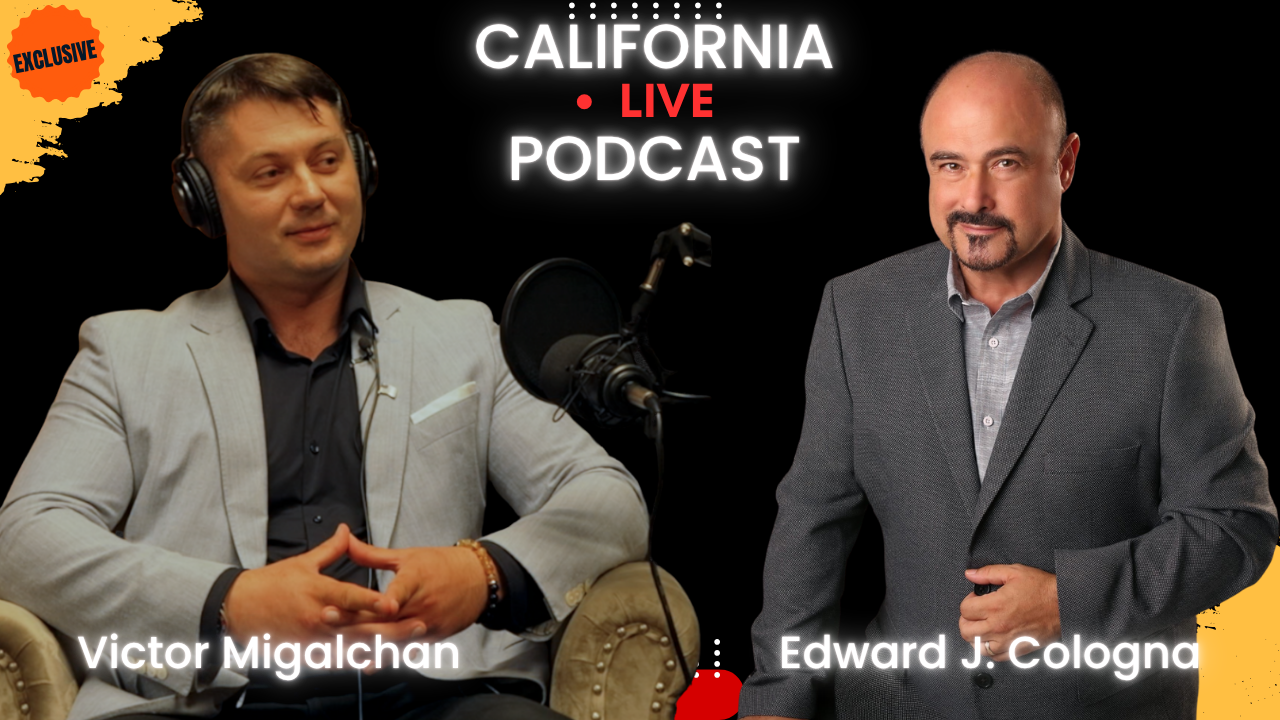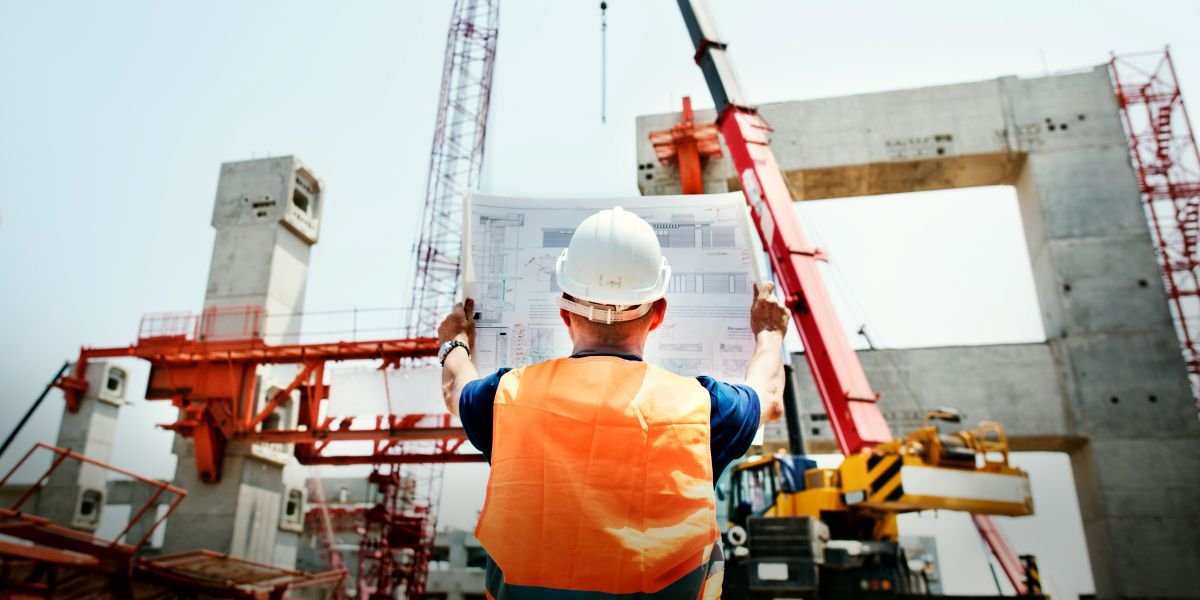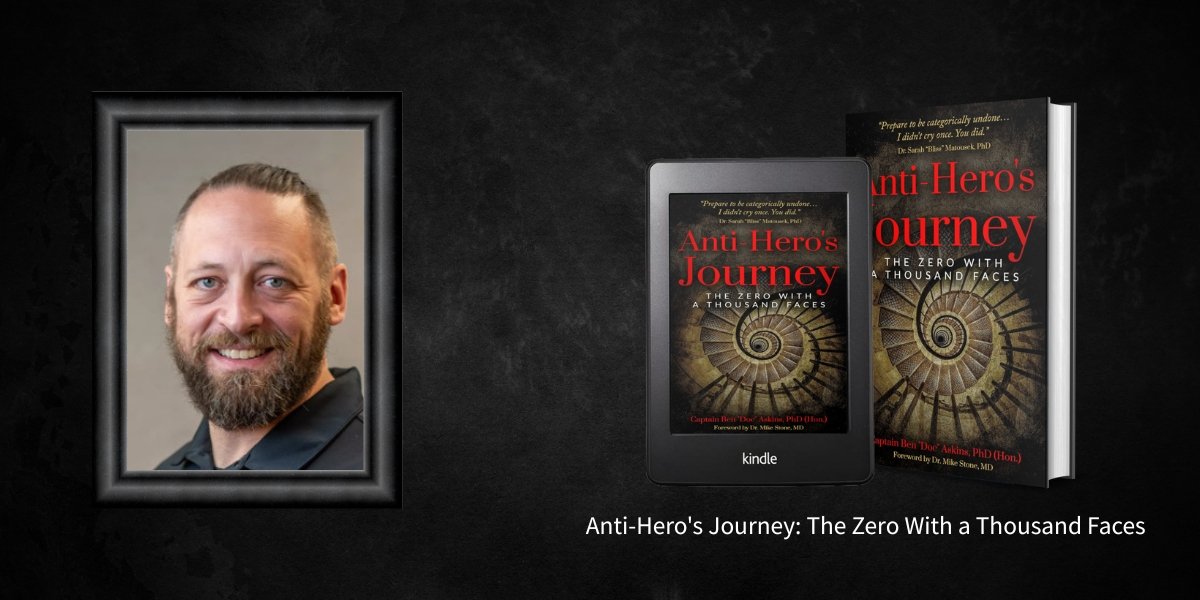From Subways to Squares: The Rise of Flash Mobs in NYC’s Urban Landscape
New York City, a metropolis famed for its spontaneous energy and unexpected encounters, proved to be the perfect crucible for the emergence and popularization of the flash mob phenomenon. Born from an intriguing blend of internet coordination and urban anonymity, flash mobs transformed mundane public spaces—from bustling subway platforms to iconic town squares—into fleeting stages for collective performance and momentary wonder. These orchestrated bursts of synchronized activity, whether whimsical, artistic, or even socially charged, have left an indelible mark on NYC’s urban landscape, temporarily disrupting its relentless rhythm with moments of shared, unexpected spectacle.
Read Also: Public Art Installations: Sculptures and Installations Throughout New York City
The concept of a flash mob, defined by its rapid assembly, brief duration, and sudden dispersal, thrives on the very characteristics of New York City life: its dense population, its intricate public transportation system, and its inherent theatricality. The city’s inhabitants are accustomed to the unexpected, making them ideal participants and observers for these ephemeral events. What began as an experimental social phenomenon quickly evolved, demonstrating the power of digital connectivity to orchestrate real-world, large-scale public art and collective experience, turning everyday routines into memorable performances.
This will delve into the fascinating rise of flash mobs in New York City, exploring their humble origins, their evolution into diverse forms of public expression, and their lasting cultural impact on how we perceive and interact with urban space. From silent discos to elaborate dance routines, flash mobs have redefined spontaneity in the city that never sleeps, cementing their place as a unique and influential aspect of NYC’s vibrant urban tapestry.
How Did Flash Mobs Originate and Gain Traction in New York City?
The very first recognized flash mob took place in New York City in May 2003, orchestrated by Bill Wasik, a senior editor at Harper’s Magazine. His initial intent was to conduct a sociological experiment, exploring herd mentality and the allure of fleeting novelty in an increasingly connected world. The concept involved using email chains and early social media to coordinate a large group of people to gather at a specific public location, perform a seemingly absurd and pre-determined action for a few minutes, and then disperse as quickly as they appeared, leaving onlookers bewildered.
The inaugural event saw around 100 people converge on the rug department of Macy’s, ostensibly to feign interest in a “love rug.” While the initial attempt was somewhat thwarted by security, the idea quickly caught fire. The anonymity and ephemeral nature of the events, combined with the city’s inherent theatricality and dense population, made New York the perfect breeding ground for flash mobs to proliferate. The media’s fascination with these quirky, internet-fueled gatherings further amplified their reach and appeal, transforming a niche experiment into a global phenomenon.

The success of early flash mobs in NYC was largely due to the city’s unique urban characteristics. The subway system provided an ideal means for participants to converge and disperse quickly without drawing excessive attention beforehand. Furthermore, New Yorkers, accustomed to strange sights and unexpected performances, possessed a collective curiosity and willingness to engage with these fleeting spectacles, whether as participants or amused bystanders. This symbiotic relationship between the concept of the flash mob and New York’s dynamic urban fabric allowed the movement to gain rapid and widespread traction.
What Are the Diverse Forms and Purposes of NYC’s Flash Mobs?
Over the years, flash mobs in New York City evolved far beyond their initial experimental and often whimsical roots, embracing a diverse range of forms and serving various purposes. One of the most common and widely recognized types became the dance flash mob. These events, often meticulously choreographed, would see dozens or even hundreds of participants suddenly break into a synchronized dance routine in public spaces like Grand Central Terminal, Times Square, or subway cars. These were frequently organized for pure entertainment, public joy, or as part of viral marketing campaigns, captivating onlookers with their sudden bursts of energy and precision.
Beyond dance, flash mobs also took on more artistic or conceptual forms. “No Pants Subway Ride,” organized by Improv Everywhere (an NYC-based prank collective that played a significant role in popularizing flash mobs), became an annual global event originating in New York. Participants ride the subway in their underwear on a cold winter day, acting completely normal, challenging social norms and eliciting reactions of surprise and amusement from unwitting passengers. This type of flash mob focuses on comedic disruption and social commentary, pushing boundaries of public behavior.
Flash mobs occasionally served as a platform for social or political statements. While less common due to the ephemeral nature, some groups have utilized the flash mob format to draw attention to specific causes, perform acts of silent protest, or create poignant moments of solidarity. Whether it’s a spontaneous singalong for a charitable cause or a synchronized display for a human rights issue, these events leverage the power of collective presence to deliver a message, demonstrating the versatility of the flash mob as a tool for public expression in New York City’s dynamic urban landscape.
How Have Flash Mobs Impacted Public Perception and Urban Spaces in NYC?
The emergence and proliferation of flash mobs fundamentally altered public perception of New York City’s urban spaces, transforming them into potential stages for unexpected performance and collective experience. Formerly seen primarily as conduits for transit or commerce, places like subway stations, parks, and squares suddenly held the possibility of spontaneous magic. This shift encouraged a greater sense of awareness and engagement with the surroundings, as New Yorkers learned to expect the unexpected and appreciate the city’s inherent theatricality. The boundary between performer and audience blurred, making every citizen a potential participant or witness in a transient art piece.
Flash mobs also highlighted the unique dynamics of anonymity and community in a dense urban environment. While individuals might remain strangers, they could instantly unite for a shared, fleeting purpose, creating a powerful sense of collective joy or surprise. This momentary suspension of typical urban alienation fostered a unique camaraderie among participants and often elicited smiles and applause from onlookers, demonstrating the city’s capacity for spontaneous connection amidst its vastness. It underscored that even in a city of millions, moments of genuine, collective human interaction could still break through the daily grind.
Moreover, the viral spread of flash mob videos, particularly those originating from iconic NYC locations, played a significant role in shaping the city’s image globally. These videos showcased New York as a place of vibrant spontaneity, creativity, and endless possibilities, reinforcing its reputation as a hub of culture and innovation. While the initial novelty of flash mobs may have waned, their legacy endures in the way New Yorkers interact with their public spaces, forever infused with the memory of those surprising, joyful, and often thought-provoking moments of collective performance.
What Are the Challenges and Criticisms Faced by Flash Mobs in NYC?

Despite their initial charm and popularity, flash mobs in New York City also faced their share of challenges and criticisms, particularly as their novelty wore off and some events became disruptive or commercialized. A primary concern for city authorities and public transport officials was the potential for public safety hazards. Large, unannounced gatherings, especially in crowded spaces like subway platforms or Times Square, could lead to stampedes, block emergency exits, or impede essential services. This led to increased scrutiny and, in some cases, outright bans or warnings from city agencies.
Another common criticism centered on the loss of spontaneity and increased commercialization. As flash mobs became more mainstream and their viral potential was recognized, many were co-opted by marketing agencies for corporate advertising campaigns or product launches. This shift from genuine, grassroots experimentation to overt commercialism stripped away the original charm and perceived authenticity, leading to cynicism from the public and a decline in interest from those who appreciated their original, unadulterated form of public art.
Issues of disruption and nuisance became more prevalent as flash mobs diversified. While a dance mob might be entertaining, an event that blocked pedestrian traffic, created excessive noise, or left behind significant litter could quickly turn from charming to irritating for residents and businesses. The balance between creative expression and respecting public space became a contentious issue, leading to a general decline in their frequency and scope in sensitive areas, as organizers faced greater pushback and the public became less tolerant of disruptive, planned “spontaneity.”
What Is the Enduring Legacy of Flash Mobs in New York City’s Cultural Fabric?
While the peak era of large-scale flash mobs may have passed, their enduring legacy in New York City’s cultural fabric is undeniable, shaping how public space is used and how collective performances are conceived. They left behind a blueprint for guerrilla performance art, inspiring countless smaller, more intimate, and often more nuanced forms of spontaneous public art. Artists, activists, and community organizers learned from the flash mob model how to leverage shared moments in public to deliver messages, create ephemeral beauty, or simply inject unexpected joy into everyday routines, without necessarily requiring massive numbers.
The phenomenon also contributed to the ongoing conversation about the democratization of public space and performance. Flash mobs, particularly in their early iterations, showed that anyone with an idea and a network could transform a city street into a stage, challenging traditional notions of who gets to perform and where. This spirit continues in pop-up events, street art installations, and community-driven festivals that utilize public spaces for creative expression, reminding New Yorkers that their city is not just a place to live and work, but a canvas for collective imagination.
Read Also: Dance Fitness: How Popular Dance Workouts Are Changing the Way We Exercise
The most significant legacy of flash mobs is the permanent imprint they left on New Yorkers’ collective psyche. The memory of a sudden, synchronized dance party in a subway car or a coordinated moment of silent absurdity in a bustling square continues to infuse the urban landscape with a sense of potential magic. It reinforced the city’s reputation for surprise and innovation, reminding its inhabitants that even in the most predictable routines, moments of shared, unscripted wonder can still occur, cementing the flash mob’s place as a uniquely New York contribution to global pop culture.











